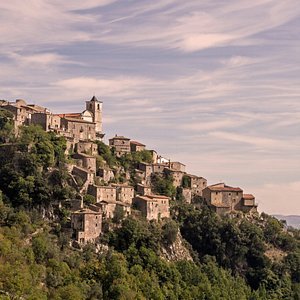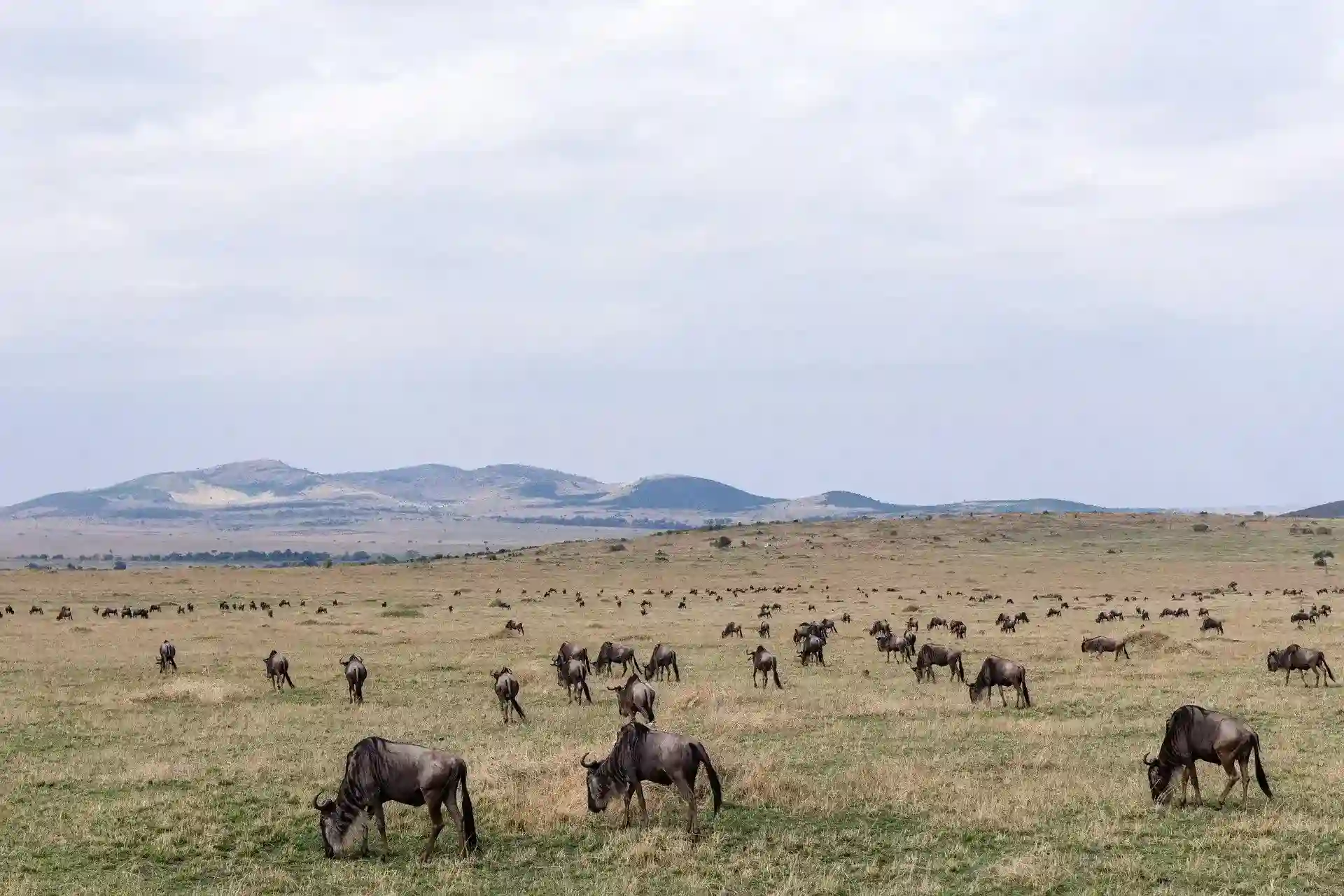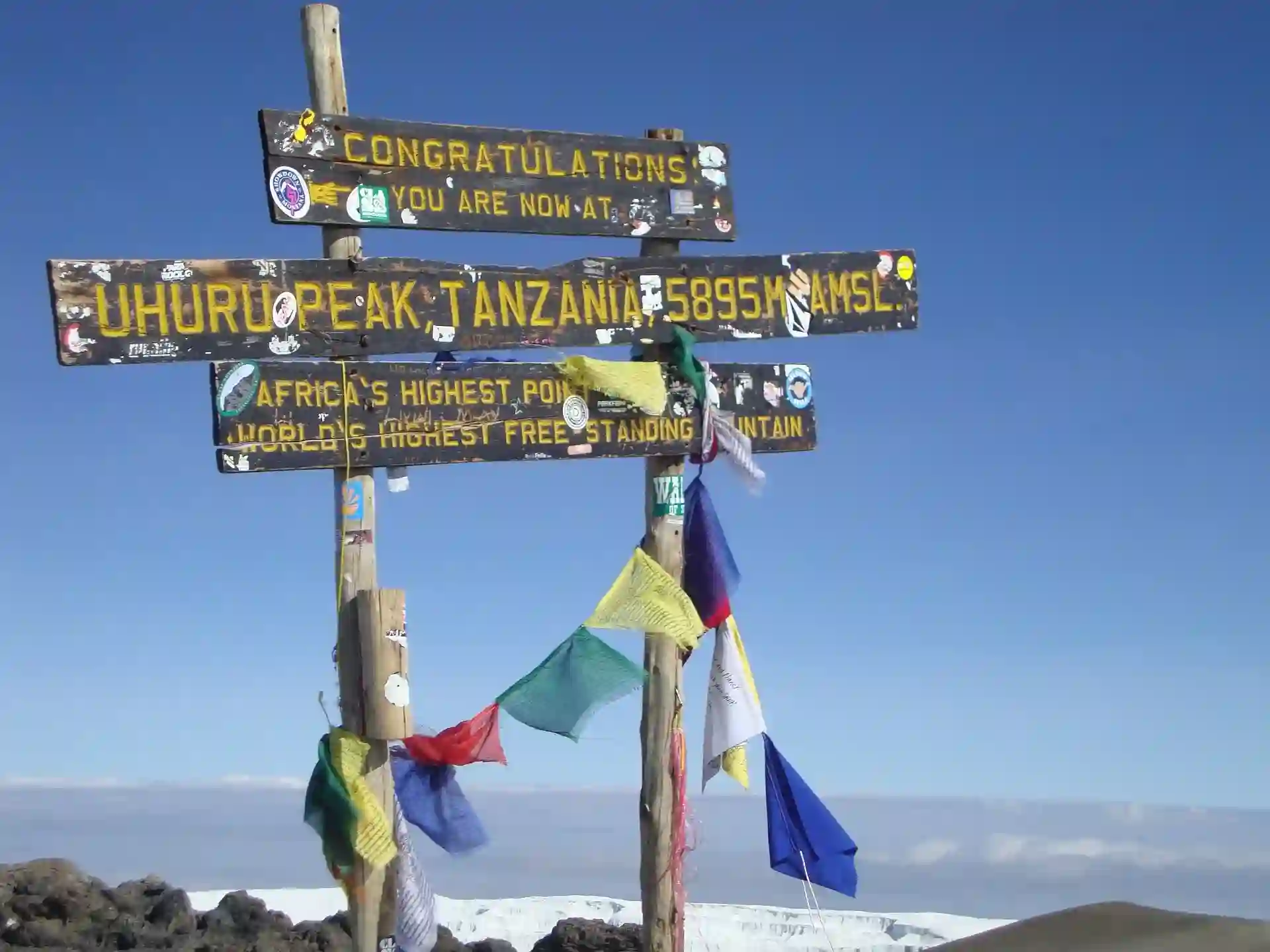
Marangu route Kilimanjaro
The Marangu Route is the oldest and most well established trekking route on Mount Kilimanjaro, and it remains extremely popular, despite a wide variety of other options becoming available.
This path provides trekkers with the classic Kilimanjaro climbing experience, offering sweeping views and a wonderful hiking adventure all the way to the summit of Uhuru Peak. That said, it also has some unique aspects that set it apart from any of the other routes as well, giving Marangu route a character and feeling that is entirely its own.
read more
close
One of the more interesting aspects of Marangu Route is that it is the only route up Mount Kilimanjaro that doesn’t allow camping, so instead of sleeping in tents, trekkers stay in permanent huts instead.
These dormitory-style shelters provide extra protection from the wind and rain, which makes this route a popular one for travelers climbing during the rainy season, which comes in April and May. There are 60 bunk beds each at Mandara and Kibo Huts, and 120 bunk beds at Horombo Hut
While staying at those huts, trekkers will sleep in bunk beds equipped with a simple mattress and pillow. They’ll also be able to purchase an array of candy bars, bottled water, and soft drinks, which is why Marangu route is often referred to as the “Coca-Cola Route.”
Marangu Route offers a slow, steady climb to each of the daily camps, which has given it the reputation for being an easy trek. Don’t underestimate this trail however, as the approach to the final camp can be physically demanding with roughly 1000 meters of vertical gain on that day alone.
Of course, summit day on Kilimanjaro is always a challenge no matter which direction you approach from, making the final steps onto the top all the more satisfying.
Because it is one of the shortest treks to the summit – requiring just five days to reach Uhuru Peak – the Marangu Route is a popular one with trekkers who have a limited amount of time for their climb.
The downside to this is that it doesn’t provide as much of an opportunity to acclimatize to the altitude. Because of this, Marangu route has the highest failure rate of any of the routes up Mount Kilimanjaro. Keep that in mind when choosing this option for your Kilimanjaro trek.
The Marangu Route is also the only route that uses the same path going up and coming back down. That means that while the trail is a scenic one, trekkers will experience the same sites going up as they do going back down. And because it has traffic going both directions, Marangu can also get overly crowded at times too.
Still, for a classic Kilimanjaro experience, it is tough to top this tried and true route to the Roof of Africa.
Climbing Kilimanjaro offers Marangu as five or six day private climb. The five day variation does not have an acclimatization day on day three at Horombo Hut.
OVERVIEW
- Duration 8 Day Tour, 7 nights, (6 Day Trek)
- Can be Tailor-made Yes
Tour Itinerary
Below, you will find a comprehensive 5 night/6 day climb up Kilimanjaro via the Marangu Route. If you would like to shorten your route to 5 days, skip the night of the Acclimatization Day and continue walking straight from the Horombo Huts to the Kibo Huts in one day.
ITINERARY
Hiking: 5-7 hours
Overnight Altitude: ~8,858
Habitat: Rainfores
Hiking: 5-7 hours
Overnight Altitude: ~12,205
Habitat: Heath/Moorland
Hiking: 1-2 hours
Overnight Altitude: ~14,400
Habitat: Heath/Moorland
Once you arrive at the Kibo Huts, it is time to organize your equipment and warm clothes for tomorrow’s journey to the peak. To prevent freezing, keep any water your plan on bringing in a thermos. Get to bed early, as the next day’s trek requires a full night’s sleep worth of energy. You are getting ready to take on Kilimanjaro’s most ultimate challenge!
Hiking: 5-7 Hours
Overnight Altitude: ~15,430
Habitat: Alpine Desert
Depending on when you take your journey, you may face snow on the final stretch of the path to the Uhuru Peak – the highest point in Africa and the very top of Kilimanjaro. As you reach the peak, an altitude of 5,895, you can congratulate yourself as you experience the astounding view and get a picture in front of the Uhuru Peak Sign.
Now it is time to start back towards the Kibo Huts, you will find that this part goes by incredibly quickly. At the Kibo Huts, you will stop to relax and enjoy a much-needed lunch, before moving along to the Horombo Huts, where you will enjoy a well-deserved full night’s rest.
Hiking: 4-5 Hours
Overnight Altitude: ~12,205
Hiking: 5-7 Hours
Overnight Altitude: `1,843
Habitat: Alpine Desert
Note: Hotel check-out is at 11:00 AM. Late check-out options are available for an additional fee, if needed.
How difficult is the Marangu Route?
This route is attempted by many novice hikers every year as it offers comfortable hut accommodations, as opposed to other routes that require you to sleep in mountain tents. Many people attest that this route is less difficult compared to other hikes to the top of Kilimanjaro. It is a common misconception for trekkers to perceive a 5-day hike to be easier than a 6-day hike. However, the 5-day options can be very difficult as it does not allow for much time to acclimate to the altitude. The 6-day option is much easier, but a good level of fitness is still required.What is the distance of the Marangu Route and how many days does it take to complete?
The exact distance on the Marangu Route is 82km or 50 miles. The shortest number of days required for the Marangu Route is 5 days, however, when you take into consideration the arrival and departure days, it is 9-10 days. As the Marangu Route is the shortest route on the mountain, it is best to complete the journey over 6 days to increase your chances of success.What is the Maragu Route Summit Success Rate?
As it is one of the shortest routes on the mountain, the Marangu Route has the lowest summit success rates. This is mainly because of the unprofessional local tour guides who take groups up the mountain on the shorter 5-day hike. Because of this, the 5-day average success rate is 50%! We advise our hikers with this in mind, so we only take the 6-day option which increases the success rate to over 90%!What scenery will I see on the Marangu Route?
The Marangu route ascends through the rainforest, moorlands, and alpine areas before ending in the glacial zone. This trek is very beautiful and is the only route that allows you to descend the same way you ascended.What is the best time to journey through the Marangu Route?
Between July and September is the best time to climb Kilimanjaro. The weather is the most stable during this period and encountering rain is less likely. Since it is close to the equator, it is possible to climb the mountain at any time during the year. Be cautious, April and May are the wettest months, so this period is best avoided.INCLUDES & EXCLUDES
PRICES
$2,162
Kilimanjaro Frequently Asked Questions
Mount Kilimanjaro is one of the most iconic climbs in the world, drawing trekkers from all over the globe. However, preparing for this adventure involves many questions. We've compiled answers to the most common ones below. If you need more details, feel free to contact us for personalized assistance.
- Hike slowly to allow your body to adjust to the reduced oxygen levels.
- Drink 3-4 liters of water daily to stay hydrated.
- Participate in short acclimatization hikes to higher elevations during the climb.
- Consider climbing Mount Meru or other lower-altitude peaks as training.
- Opt for routes that last at least seven days to give your body more time to adjust.
EXCELLENT

Based on 30 reviews



Roderick P


William J


Jane R
Let's talk about your
Trip to Africa!
All our custom itineraries are inspired by our travel experts and positive feedback from past travelers. We're sharing them so you can get a taste of the experience. However, we're flexible and can tailor-make an itinerary just for you. Let us know your preferences (parks, accommodation, timing, etc.), and our safari experts will create a personalized proposal. USEFUL ARTICLES PLAN MY TRIP
Let's talk about your
Trip to Africa!

Unleash the wild beauty of Africa! Trek Mount Kilimanjaro, roam the Serengeti, and explore Ngorongoro Crater—your extraordinary safari awaits. Book Your Dream Adventure Today!
Close






